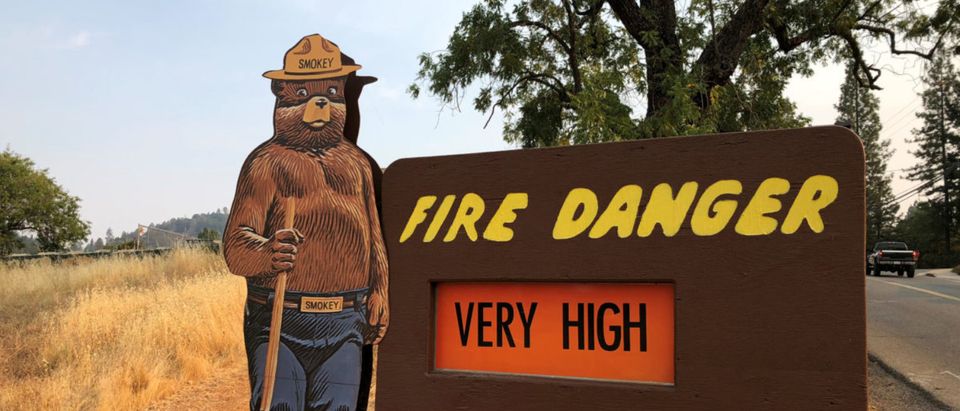California wildfires have grown more destructive and lethal over the past half-century, but climate change has little, if anything, to do with the increase in damage.
The less-settled areas have more space outside of crowded population centers, but come with significantly higher risks of fire and plenty of fuel to burn, according to a report by Villanova University geographer Stephen M. Strader. (RELATED: California Wildfires Are Making Their Own Storm Clouds)
Strader’s study was published Feb. 15 in a scientific journal on natural disasters, Natural Hazards, and his work was found and reported by The Mercury News.
“This is a people problem,” U.S. Geological Survey fire scientist Jon Keeley told The Mercury News. “What’s changing is not the fires themselves but the fact that we have more and more people at risk.”
The number of homes at risk of wildfires in the western United States increased from about 607,000 in 1940 to 6.7 million in 2010, a roughly 1,000-percent increase.
Fire risk is variable and sometimes inaccurate. The California state fire department, Cal Fire, labels areas at risk of wildfire by the amount of fuel readily available and estimating whether an area is at low, medium or high risk. Focusing on the fuel, however, leaves out other important factors, such as wind, Keeley told Climate Feedback.
Climate change plays a negligible role in the amount of fires that start and burn through the West, however.
“Direct effects of seasonal temperatures over the last 100 years do not show any significant correlation with fire activity,” Keeley told Climate Feedback. “However, warming may have indirect impacts, particularly on recovery patterns that may alter vegetation succession trajectories.”
Building homes in more rural environments has taken a toll on fire prevention, as well. Controlled burns, an effective technique for removing fuel before it builds up, cannot be held in areas and forests dotted with residences. The space between homes collects fuel and increases the risk and severity of wildfires burning through.
“If homes are sprinkled through the landscape, you take that key tool off the table,” University of California wildfire specialist Max Moritz told The Mercury News, referring to controlled burns.
All content created by the Daily Caller News Foundation, an independent and nonpartisan newswire service, is available without charge to any legitimate news publisher that can provide a large audience. All republished articles must include our logo, our reporter’s byline and their DCNF affiliation. For any questions about our guidelines or partnering with us, please contact licensing@dailycallernewsfoundation.org.


